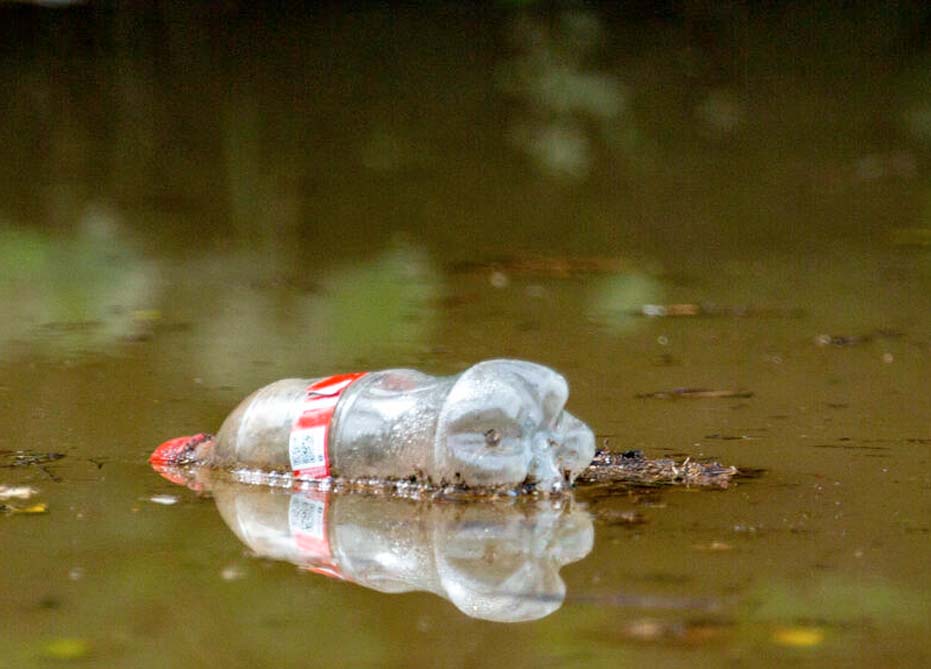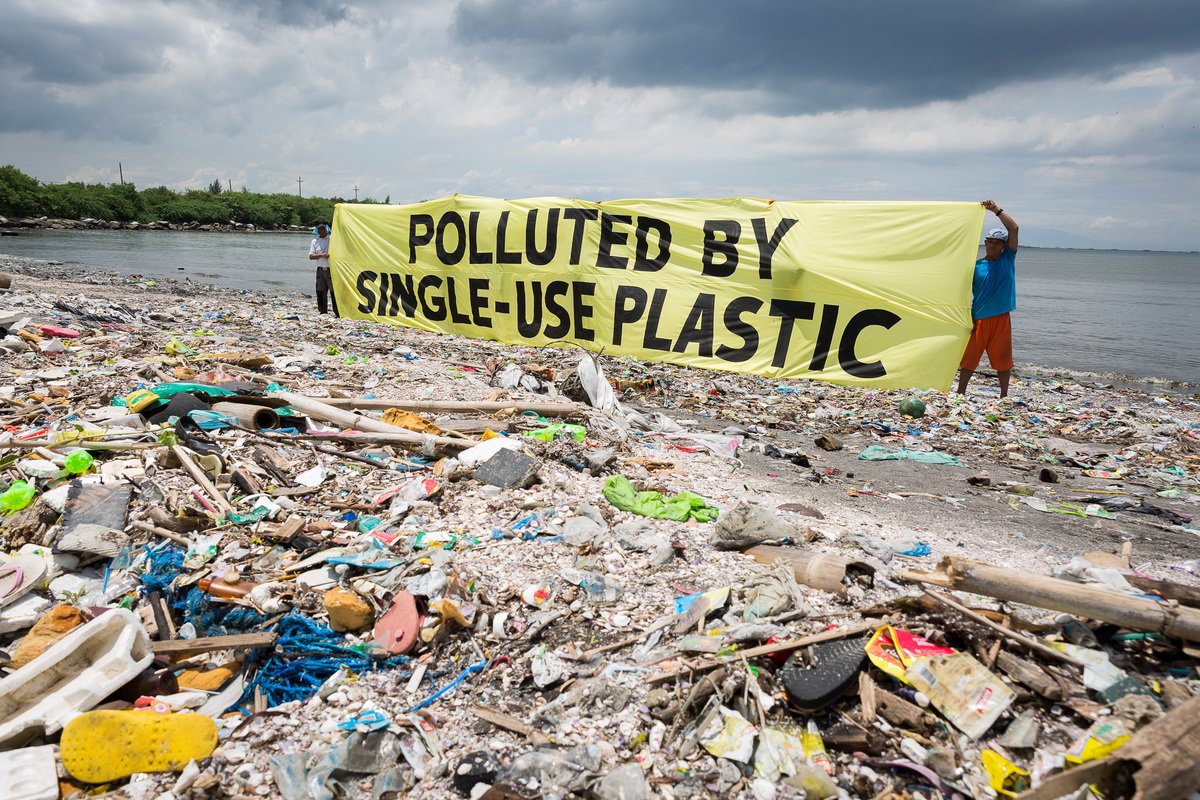How does the world break free from plastic?
The truth is, plastic hasn’t been here long.
Plastic was invented after World War Two and the tsunami of plastic waste has massively multiplied in just the last twenty years. Global plastic production doubled from 2000 to 2019.
While this can feel overwhelming, it also means we can turn it around. And it’s not on consumers to try and do it alone – we know by acting together towards clear goals we can achieve a lot!
🐬 Together, we can push companies to commit to a path towards circular design for all their products and packaging.
🐬 Together, we can get behind Councils to supply more reuse and refillable systems. This will make it easy for anyone to replace single-use plastic, so we only use plastic where we need to.
🐬 We can back our Government to work with others for a global approach to regulating corporate plastic production.
The recycling myth
Only 9% of plastic ever created has been recycled. And every year, more plastic is produced.
The remaining 91% ends up in landfills or shipped abroad to countries like Malaysia. Some of it is burnt, releasing toxic chemicals. And anything else ends up in the oceans and forests to break down into microplastics.
Yes, some plastics are recyclable, but the process of recycling plastic reduces its quality. Most products can only be recycled once or twice before they become trash in landfills.
Why does recycling fail?
Despite our best intentions, too many variables mean recycling systems fail.
- There are many kinds of plastics, some that aren’t recyclable.
- Many people are confused about the types of plastics and which are recyclable.
- Different local councils around New Zealand have different recycling systems, which contributes to confusion.
- Recycling processors aren’t able to cope with the volume of plastic waste.
While communities across New Zealand have done well in setting up recycling systems, these variables mean the systems fall over.
A linear economy
Our modern throwaway culture produces endless single-use items.
When a polar bear finds a plastic item in fresh Antarctic snow, it’s evident that no ecosystem has been left unaffected. Plastic is overwhelming the natural world and our communities.
Producing single-use plastic is an example of a ‘linear economy’. A linear economy is like a one-way road, with products designed, created, used and then thrown away. Companies extract the resources, produce a single-use item, the customer uses it and then disposes of it.
The cost of disposal is paid by the community and the environment. A plastic container can last decades longer than the company that produced it.
Designing circular economies
A circular system designs items in a way that doesn’t lose value. The end use or disposal is designed into the product.
A natural example of this is a garden compost. Food scraps from the kitchen go into the compost bin, which is added to the garden to grow food that then goes back to the kitchen!
In reality, we already live in a circular economy, and that is how nature works.
By recognising the limits of the natural ‘economy’ we live in, producers can design products that work together within those limits.
We humans are ingenious problem solvers when given the opportunity and a clear goal! We can redesign items that do good for the world and for ourselves.
Indigenous wisdom reflects a world without plastic waste
Circular economic systems aren’t a new idea within traditional worldviews, such as Te Ao Māori.
Organisations such as Para Kore are leading the way with an approach based on a Māori worldview for zero waste whānau Māori.
And Māori plastic pollution experts support an effective Global Plastics Treaty that respects Indigenous self-determination.
“Circular economy is not a modern innovation. It is Indigenous intellectual property embedded in the lifestyles of First Peoples globally for millennia.”
Juressa Lee, Greenpeace campaigner
A culture of re-use
In reality, there is no such thing as ‘away’! The world is a closed system, and everything goes somewhere, to the depths of the ocean or into the Antarctic.
A keep cup for takeaway coffee is an item designed to be used over and over. Biodegradable items are made from materials designed to go into an industrial compost facility after use.
Grow the feeling of appreciation in our lives
We gain in many ways when we design waste out of a system. For example when we look after the things we use daily they last longer, and we appreciate these material items.
Not so long ago, in our grandparents’ time, people valued their material things a lot more. We took good care of them and appreciated the craft of making and repairing them.
Culture is an act of cultivation – by taking care and looking after our things, we can recreate a culture of reuse, refill and circularity. And we’ll enjoy it more too!
Let’s end the era of plastic
In November 2022, Aotearoa joined the High Ambition Coalition to End Plastic Pollution.
Members of the High Ambition Coalition share a common vision to end plastic pollution by 2040.
We can all get behind ambitious, legally binding international agreements to limit the production of plastic.

Call on the NZ Government to stand firm and support a strong global plastics treaty.
Take Action


